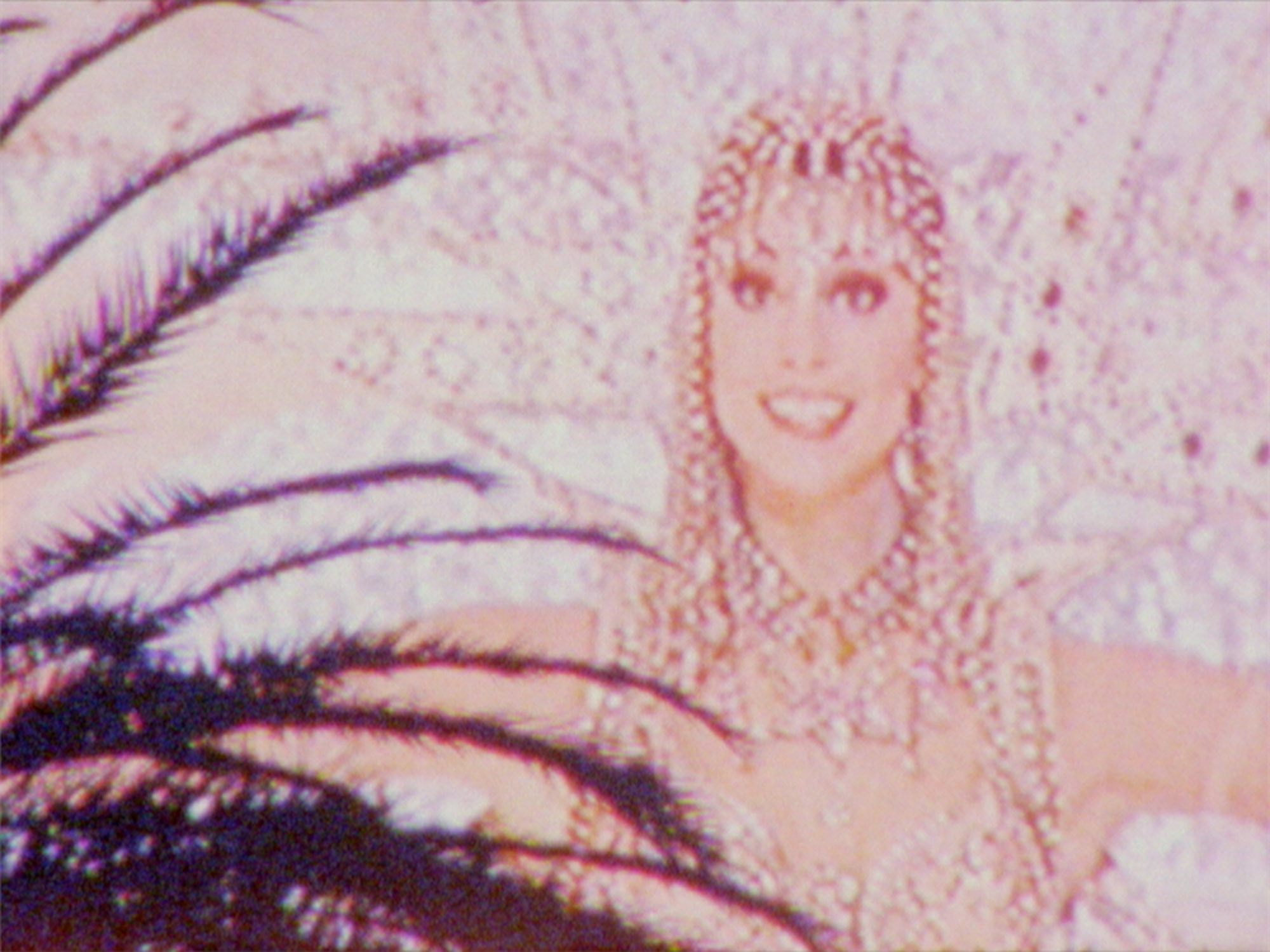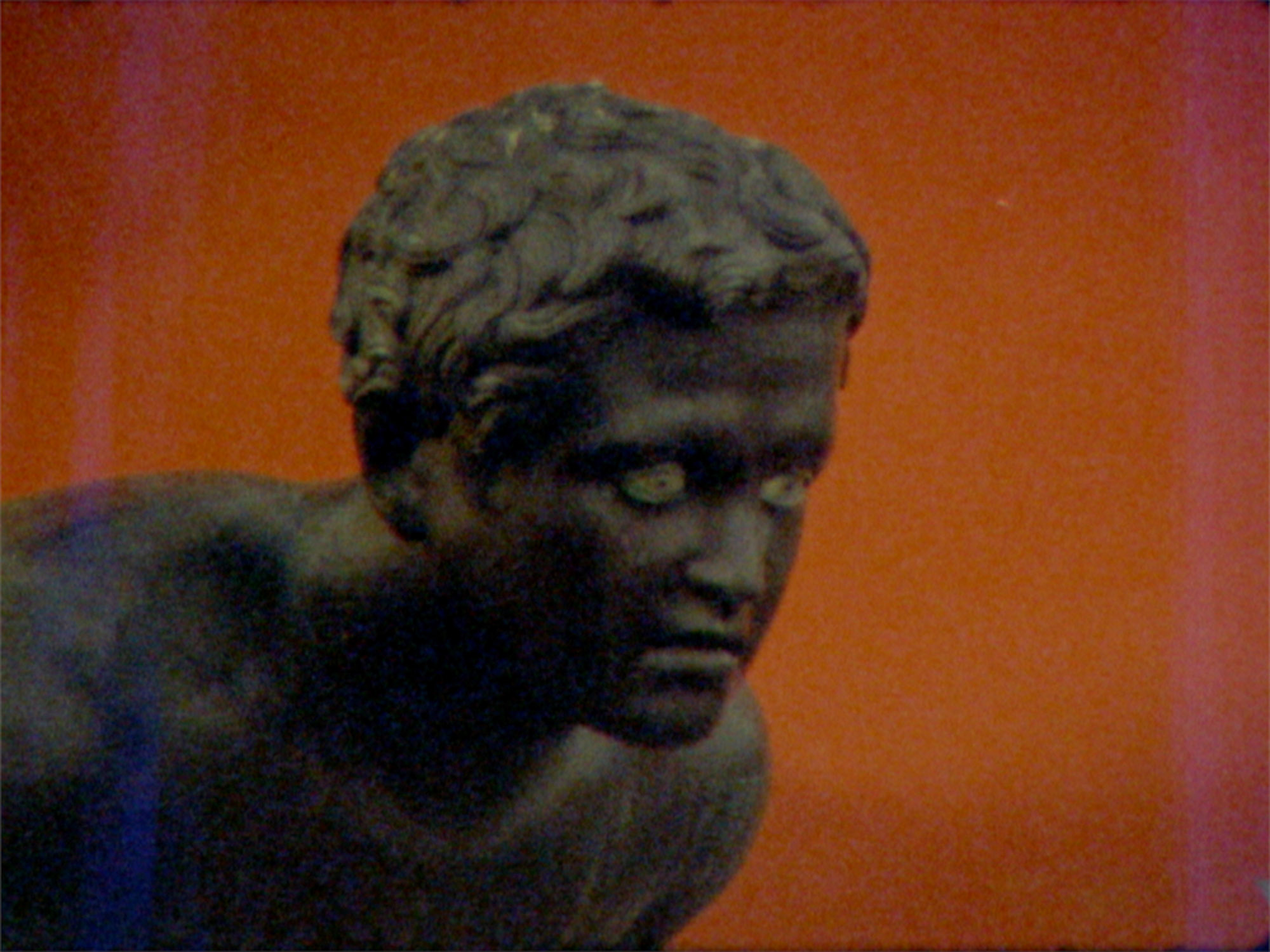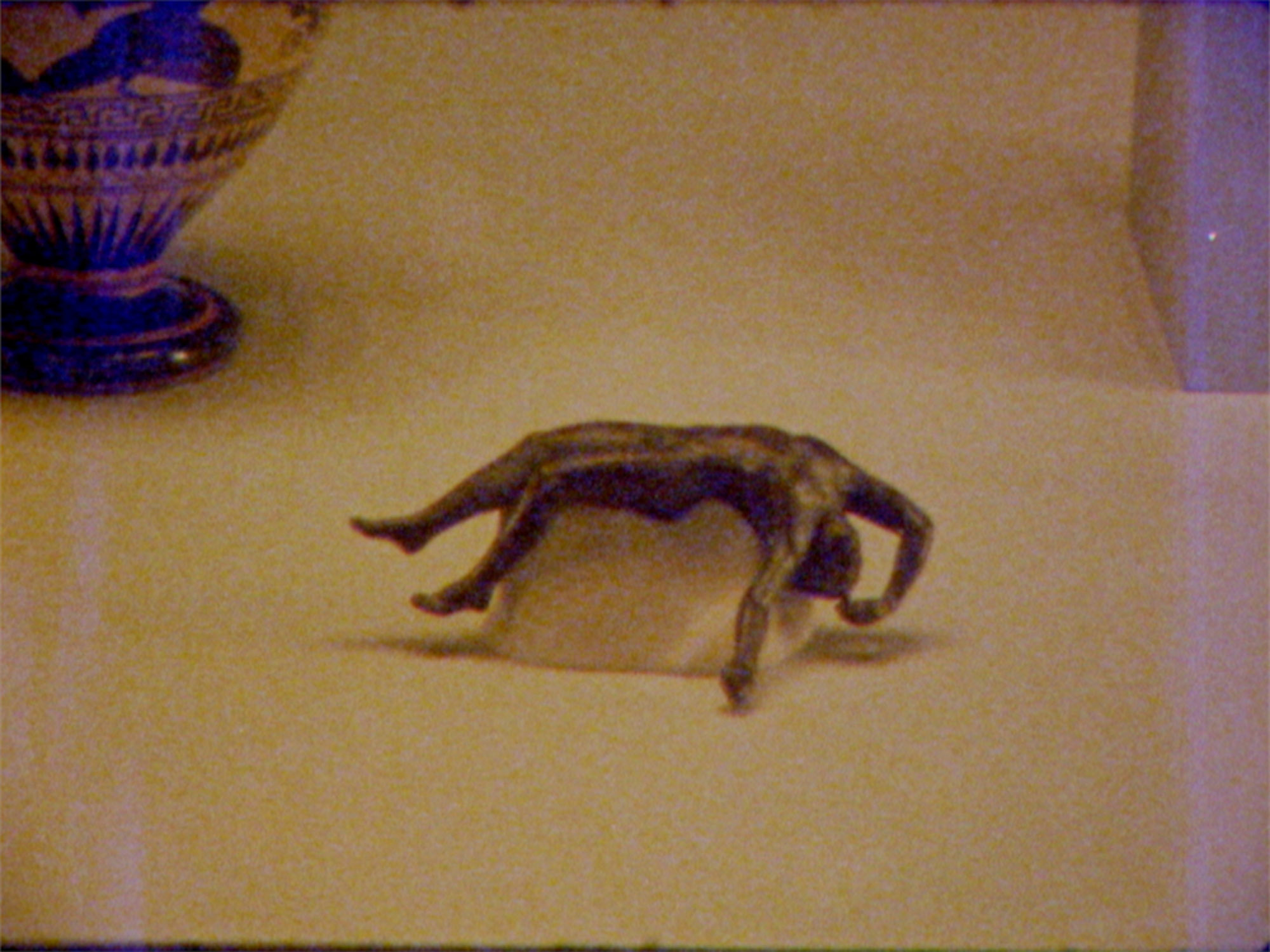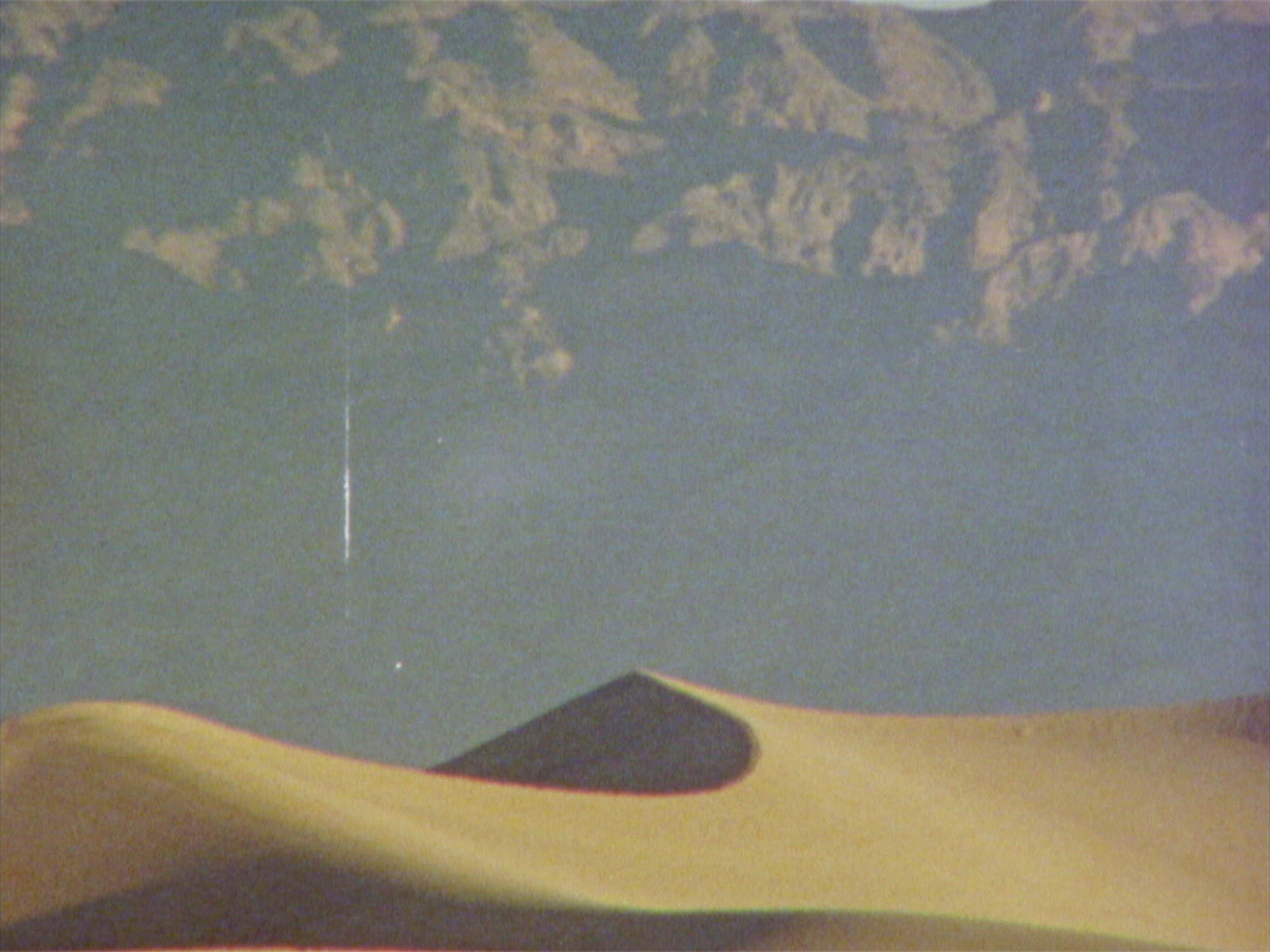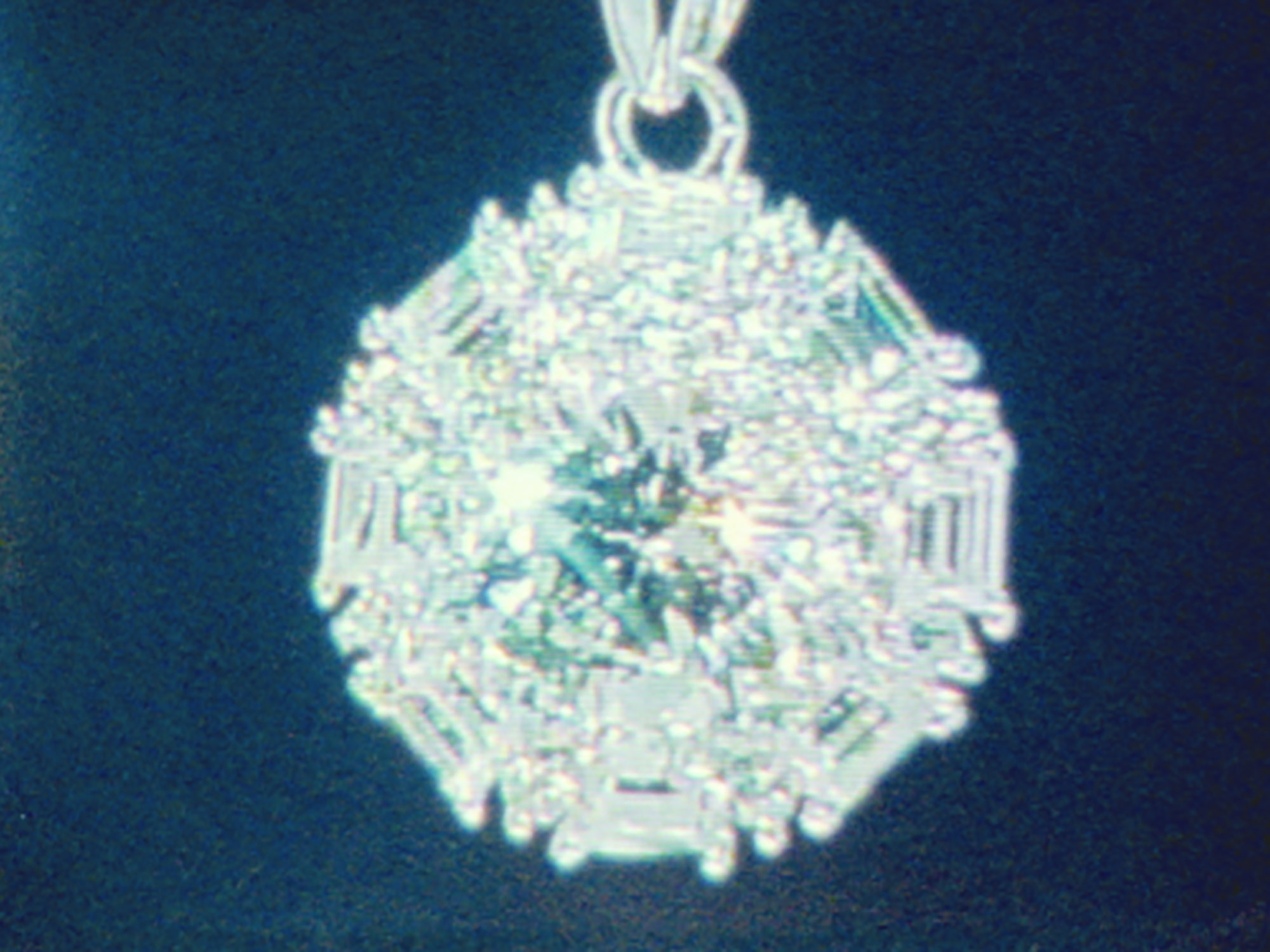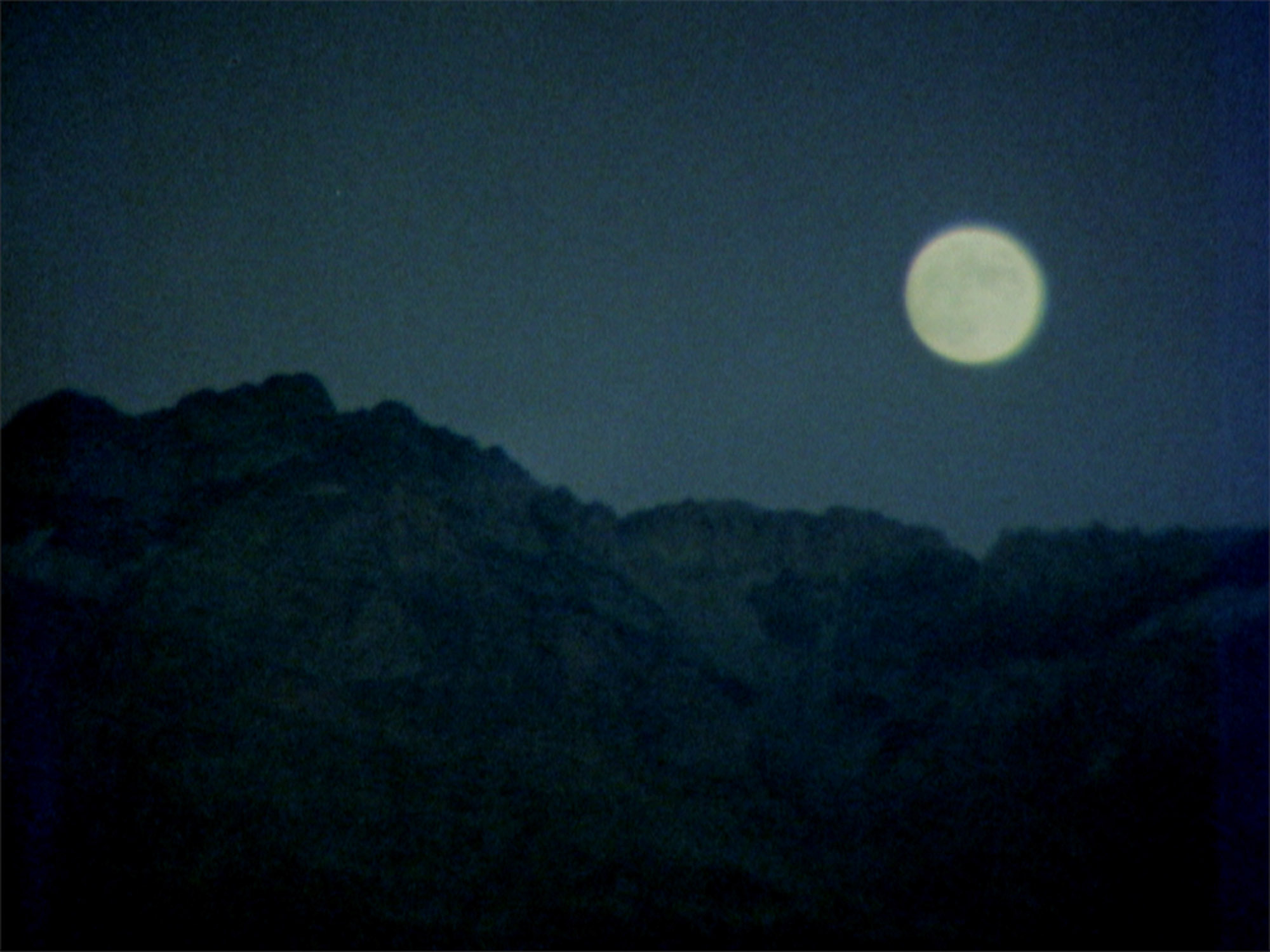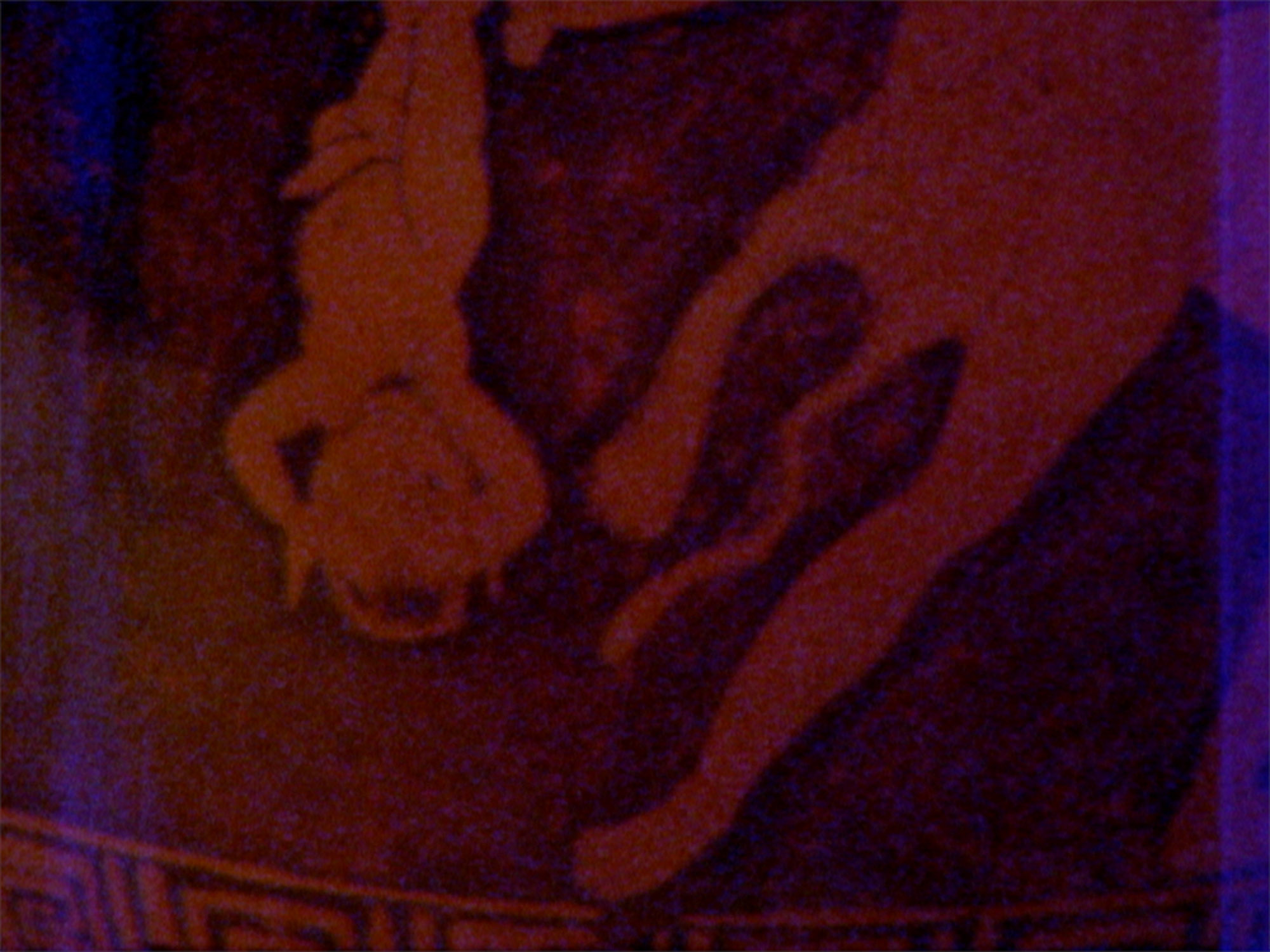Green, how I want you green.
Green wind. Green branches.
The ship out on the sea
and the horse on the mountain.
–Federico García Lorca
This series of films departs from a conversation on landscape in the poetry of Federico Garcia Lorca and Mahmoud Darwish. It posits landscape as a place of connection as well as a reflection on memory, distance, and exile. The figure of the olive tree connects a wide Mediterranean region through millennia of parallel agricultural ritual and ecological coexistence. The olive branch is known as a symbol of peace while residing in a region that has been cut apart and divided.
Trees are a living archive of the land. Olive trees can live up to thousands of years, making them a stable and familiar element for generations of their neighbours. The olive branch is a symbol of peace whose stable grip has been wrested from the soil. They are also targets in the ongoing catastrophe in Palestine that is impossible not to speak of.
***
Haris Epaminonda’s Chimera (2019) is an experimental travelogue shot on analogue 8mm film. Panning through the vast expanses, through deserts, and museums, the alchemy of the partly damaged image surface casts an ambience of reverie. Cut and sequenced through disconnected geographies, it is the sun-drenched land and outstretched shadows that cut across the grain of the image to bind a recognition and familiarity across a vague latitudinal meridian.
First shown at the 58th Venice Biennale, the film splices together fragments of landscapes, objects, and living things panning through vast expanses of dunes and sea. Time, movement, and memory harken to a deep subconscious connection between nature, land, and culture while archeological objects, terra cotta vases, and pyramid-like modernist constructions inhabit scorched expanses of moving terrain as the camera cuts across disparate geographies. A trail of images moves seamlessly between on-site artefacts and those in exile, valued for the myths of their origin.
The film is a luminous mirage of images accompanied by a dreamlike soundscape composed by musician and performer Kelly Jayne Jones. The ambient electronic resonances move between on-site archeological finds, interpretations and drawn explanatory notes, to imitations of ancient worlds in modernist architecture and burlesque dance. In scenes filmed between cities and sites such as Las Vegas and Pompei, the construction of its wandering dialogue constructs a vision of the cyclical nature of life and death, the rise and fall of empires whose traces are inevitably scattered by the power of blowing winds, like particles of dust riding on a solar flare.
Haris Epaminonda is a Berlin based artist born in Nicosia, Cyprus in 1980. She received her BA from Kingston University, Kingston (UK) and her MFA at the Royal College of Art, London (UK). She has co-represented Cyprus at the 52nd Venice Biennale. She participated at the 34th Bienal de São Paulo, 2nd Lahore Biennale, 58th Venice Biennale, Pune Biennale; dOCUMENTA(13), 1st Triennale New Museum,, 2nd Athens Biennale; 9th Sharjah Biennial and 5th Berlin Biennale.
She has had solo exhibitions at Kunstmuseum St Gallen (CH), Neue Berliner Kunstverein (DE), Fabra i Coats (ES), Secession (AT), Aspen Art Museum (US), Centro Andaluz de Arte Contemporáneo (ES), Le Plateau (FR), Villa du Parc (FR), Fondazione Querini Stampalia (IT), Point Centre for Contemporary Art (CY), Modern Art Oxford (UK), Kunsthaus Zürich (CH), Badischer Kunstverein (DE), The Museum of Modern Art (US), Schirn Kunsthalle (DE), Tate Modern (UK), Site Gallery (UK), Malmö Konsthall (SE), Künstlerhaus Bethanien (DE).
Selected group exhibitions include amongst others: Kunsthalle Lissabon (PT), Hamburger Bahnhof (DE), Louisiana Museum of Modern Art (DK), Halle Für Kunst Steiermark (AT), Galerie Rudolfinum (CZ), Hara Museum of Contemporary Art (JP), Werkleitz (DE), Archeological Museum of Mykonos (GR), Martin-Gropius-Bau (DE), Galeria Municipal do Porto (PT), Fondation Hippocrene (FR), Hammer Museum (US), Madre Museum (IT), Jewish Museum (US), Ar/ge Kunst (IT), Fondazione Prada (IT), Leopold-Hoesch Museum & Papiermuseum (DE), National Gallery of Prague (CZ), Museum Serralves (PT), CCA Wattis (US), The Renaissance Society (US), Museo Tamayo (MX), KUMU Art Museum (EE), La Casa Encendida (SP), Galleria d’Arte Moderna e Contemporanea (IT), Contemporary Art Museum St. Louis (US).
Epaminonda received the Silver Lion Award at 58th International Art Exhibition, Venice Biennale in 2019; The Günther-Peill Award at the Leopold-Hoesch Museum & Papiermuseum in 2014; the Audience Award at the Preis der Nationalgalerie für Junge Kunst at Hamburger Bahnhof, Berlin in 2013 and the SB9 Award at the 9th Sharjah Biennale 2009 as well as being nominated for the DESTE prize in 2009.
Àngels Miralda (1990) is an independent writer and curator. Her recent exhibitions have taken place at Something Else III (Cairo Biennale); Garage Art Space (Nicosia); Radius CCA (Delft), P////AKT (Amsterdam), Tallinn Art Hall (Estonia), MGLC – International Centre for Graphic Arts (Ljubljana), De Appel (Amsterdam), Galerija Miroslav Kraljevic (Municipal Gallery of Zagreb), the Museum of Contemporary Art of Chile (Santiago), Museu de Angra do Heroísmo (Terceira – Azores), and the Latvian Centre for Contemporary Art (Riga). Miralda wrote for Artforum from 2019-2023 and regularly publishes with Terremoto (Mexico City), A*Desk (Barcelona), Arts of the Working Class (Berlin), and is editor-in-chief of Collecteurs (New York).
